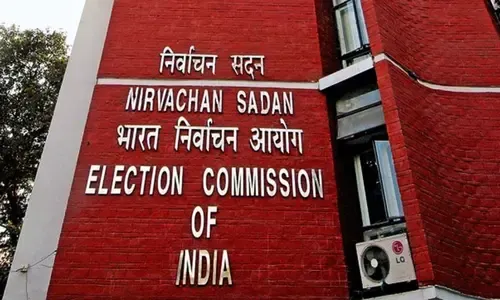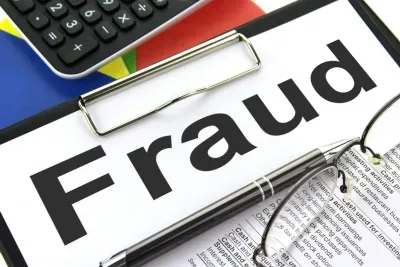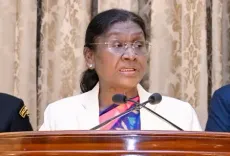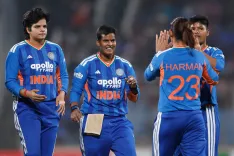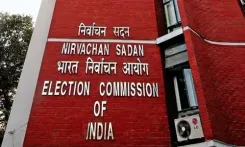Is the CRPF Set to Increase Troops by 20,000 Following Operation Sindoor?
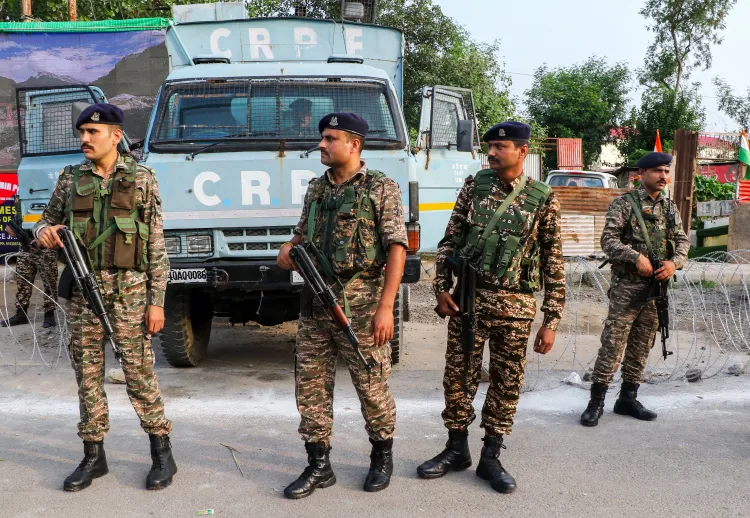
Synopsis
Key Takeaways
- CRPF plans to raise 20,000 additional troops.
- Deployment will extend beyond Jammu and Kashmir.
- Response to heightened security challenges.
- Significant following the tragic Pahalgam attack.
- CRPF’s evolving role in national security.
New Delhi, July 16 (NationPress) With the escalating security challenges in Jammu and Kashmir after Operation Sindoor, there are rising speculations that the Central Reserve Police Force (CRPF) might increase its presence through the formation of new battalions.
According to top sources who spoke to IANS, "Approximately 20 new battalions (amounting to 20,000 troops) are planned to be established gradually. However, their deployment will extend beyond just J&K."
The initiative to create these new battalions was first proposed last October, but it did not progress. Even though the proposed addition of 20 battalions is lower than the original request by the CRPF, the current situation in J&K, especially after the tragic Pahalgam attack where 26 innocent civilians lost their lives due to attacks from Pakistan-backed terrorists, coupled with the recent Operation Sindoor by Indian forces, makes the addition of 20,000 troops particularly crucial.
The CRPF has transformed over the years into a large and intricate paramilitary organization operating under the Ministry of Home Affairs.
Its structure includes a Directorate, four Zonal Headquarters, 21 Administrative Sectors, two Operational Sectors, 39 Administrative Ranges, 17 Operational Ranges, 43 Group Centres, 22 Training Institutions, four Composite Hospitals (with 100-bed facilities), 18 Composite Hospitals (with 50-bed capacities), six Field Hospitals, three Central Weapon Stores (CWS), seven Ammunition Workshops (AWS), and 201 General Duty Battalions (GD Bns).
The CRPF comprises six VIP Security Battalions, six Mahila Battalions, 16 Rapid Action Force (RAF) Battalions, 10 CoBRA Battalions, seven Signal Battalions, one Parliament Duty Group (PDG), and one Special Duty Group (SDG).
The core duties of the CRPF involve countering militancy and insurgency, addressing Left-Wing Extremism, managing wartime aggression, participating in UN Peacekeeping Missions, conducting rescue and relief operations during natural disasters, controlling crowds, managing riots, and coordinating extensive security measures, especially during elections in sensitive areas.




